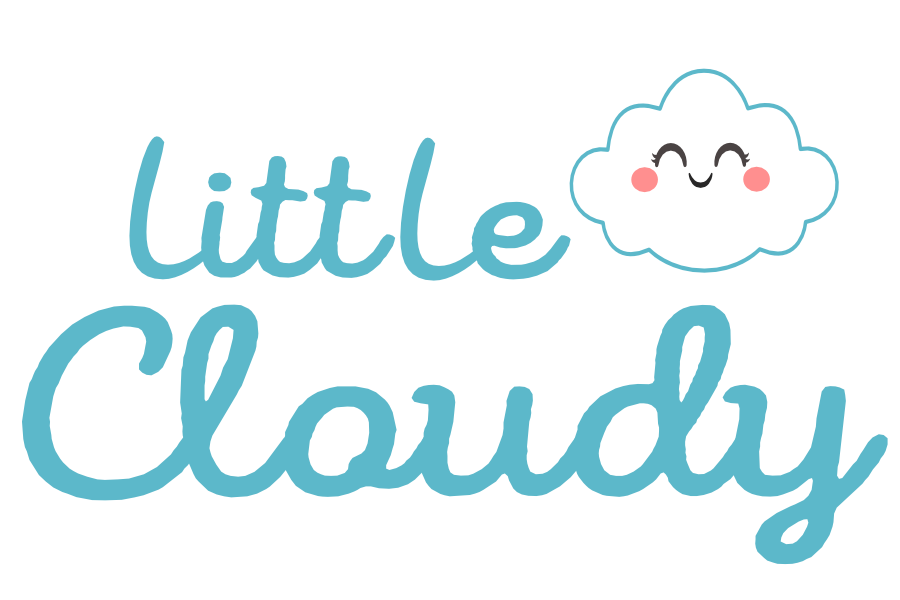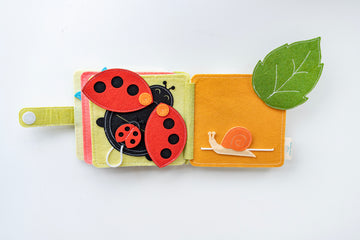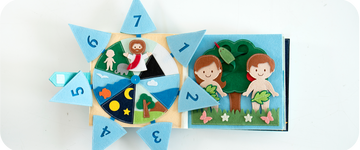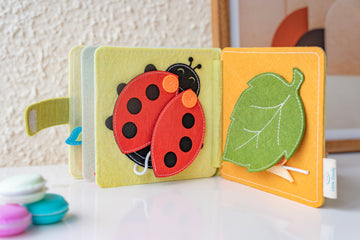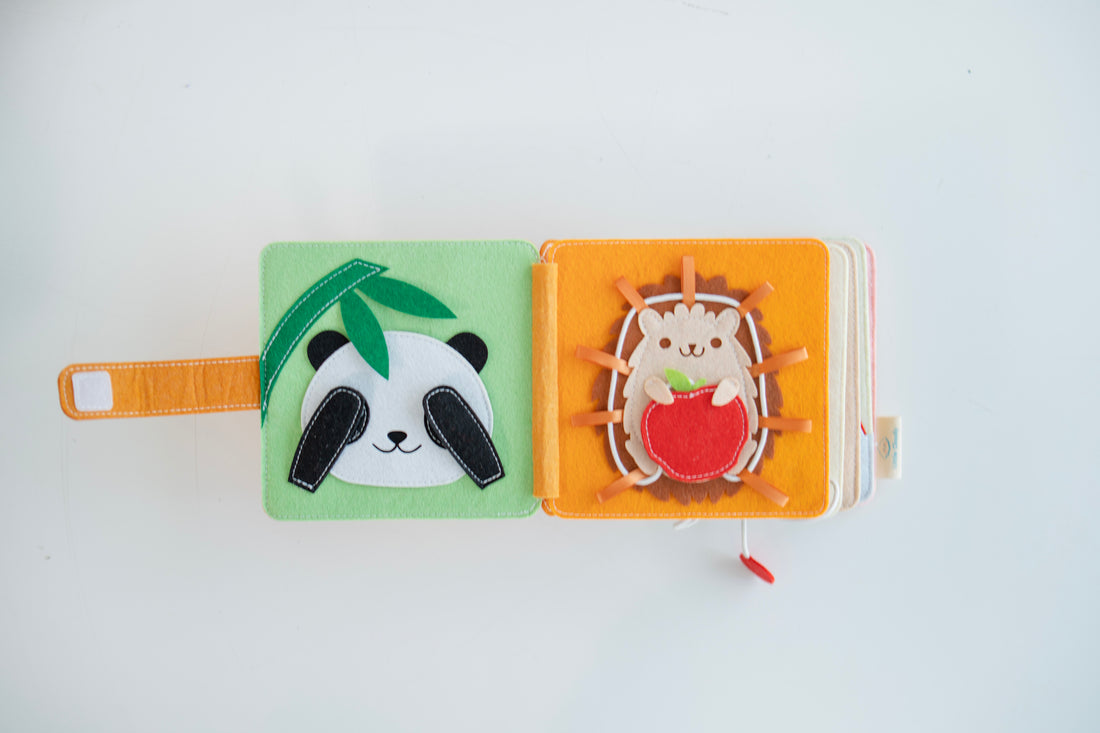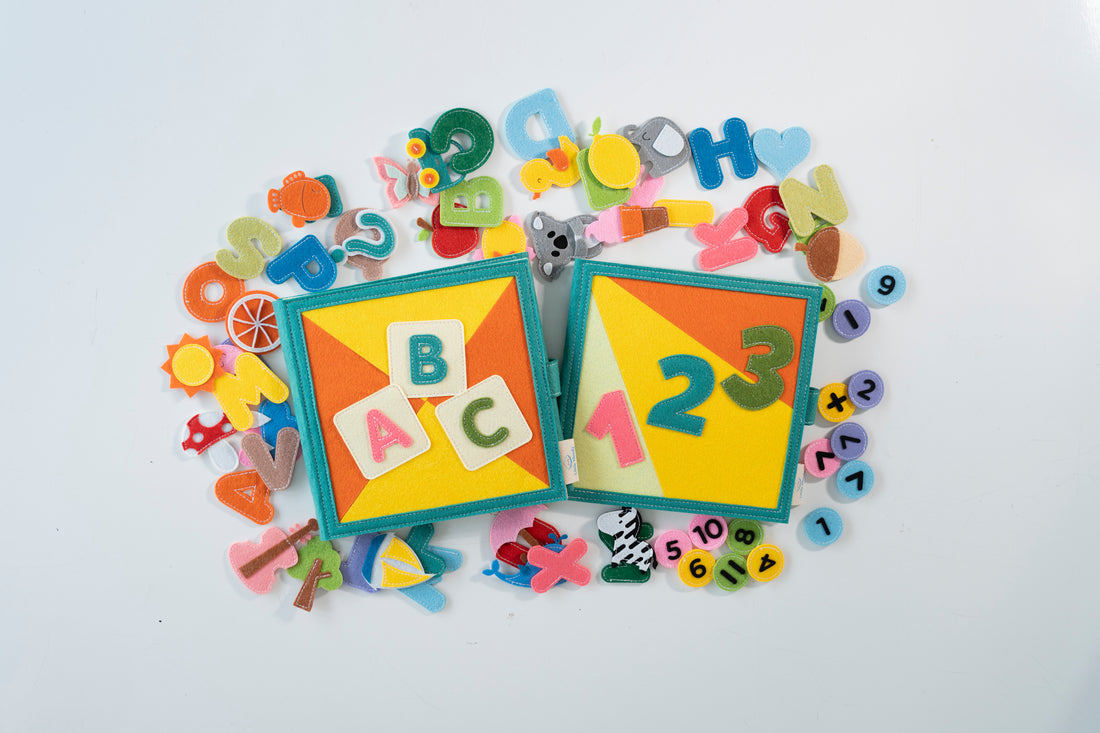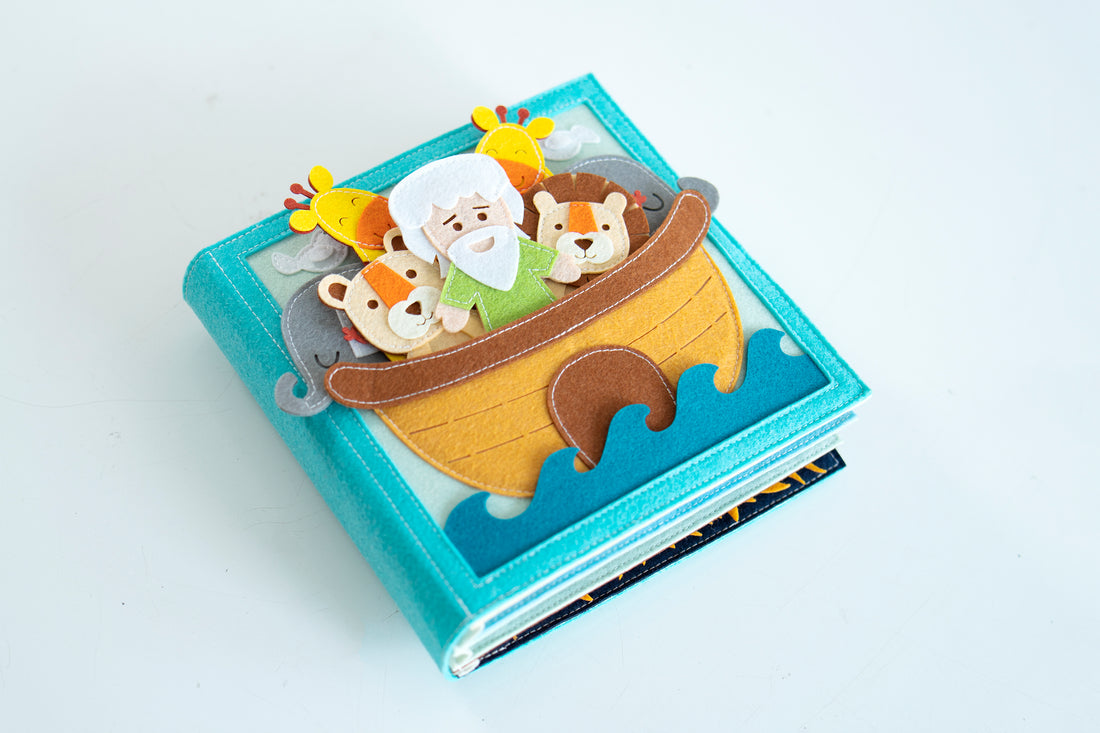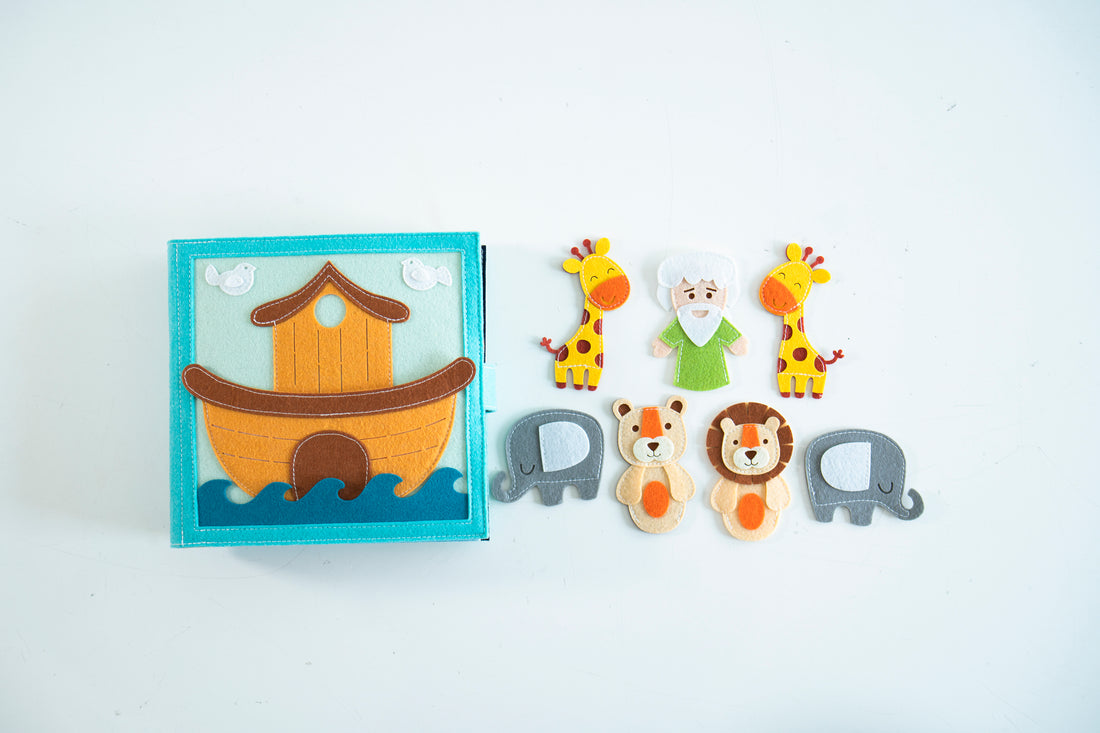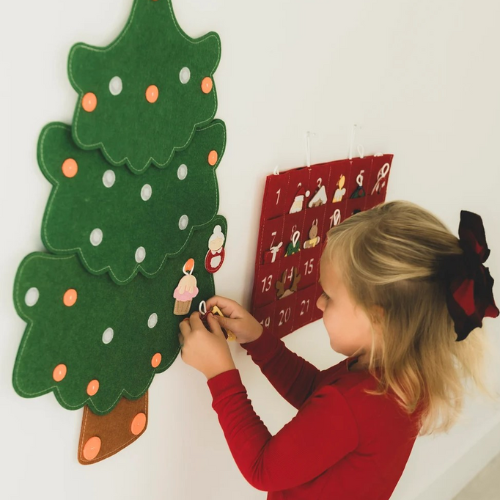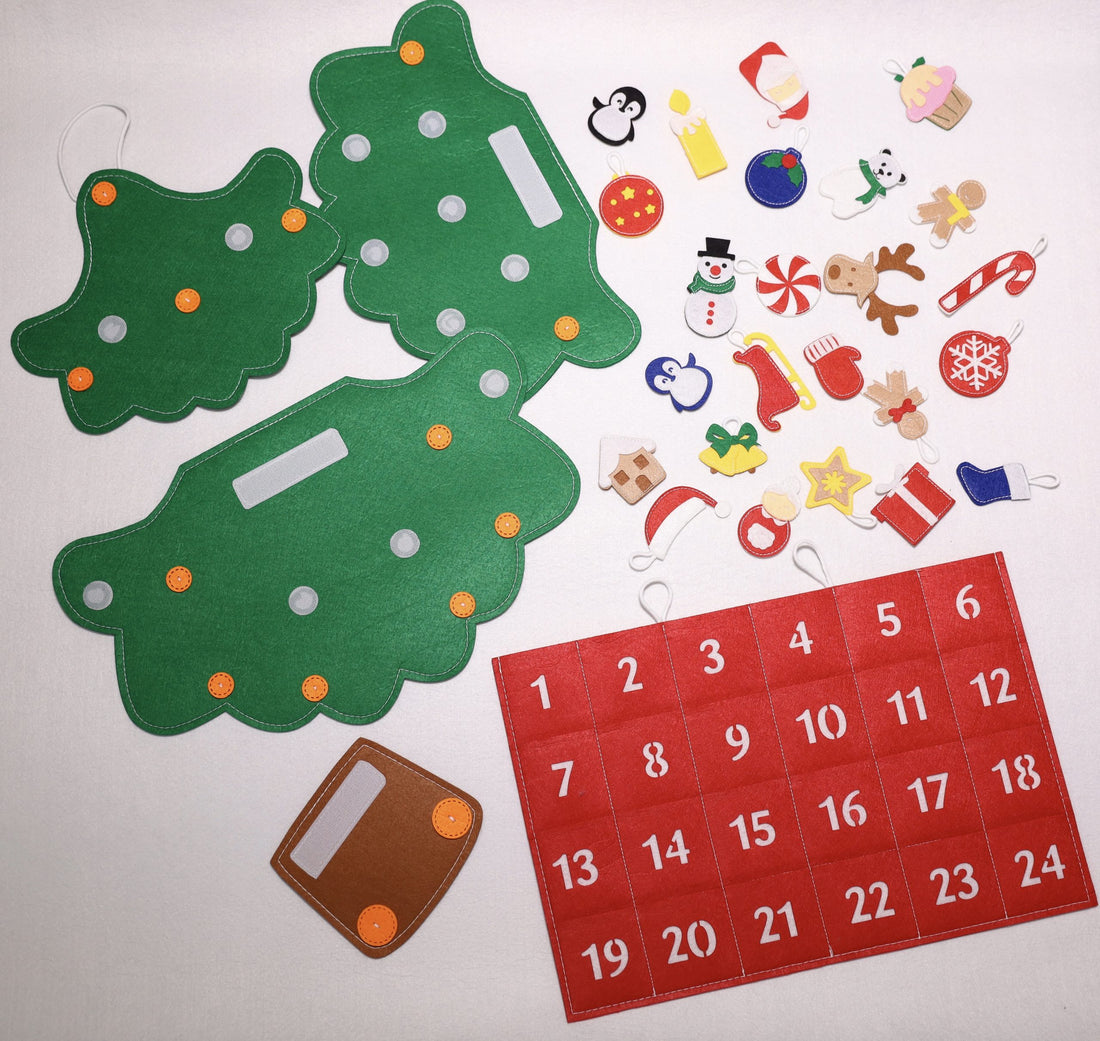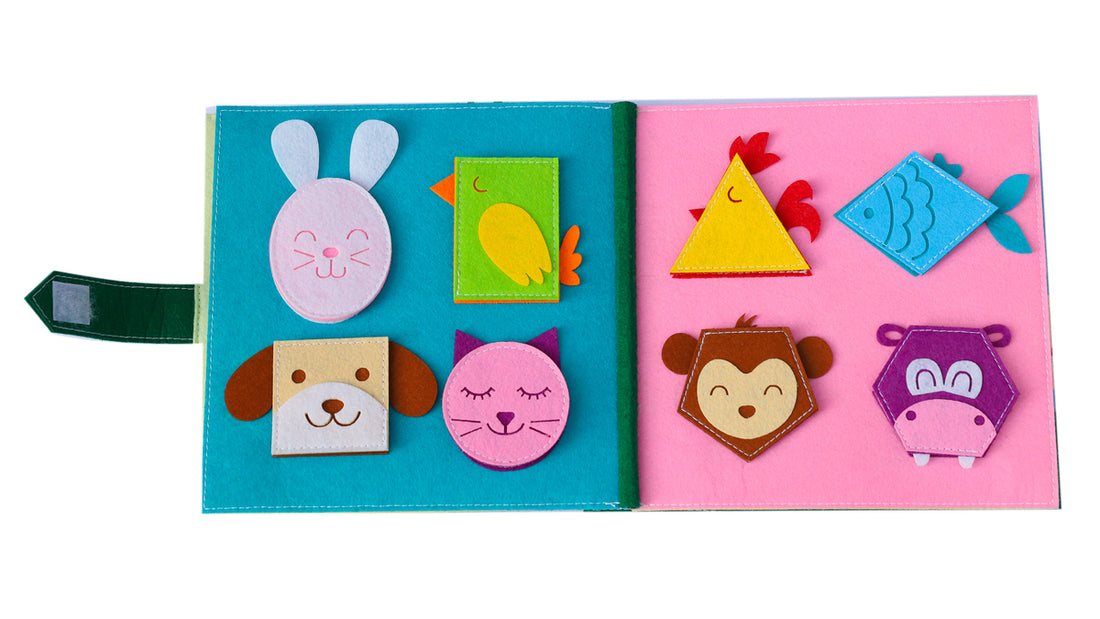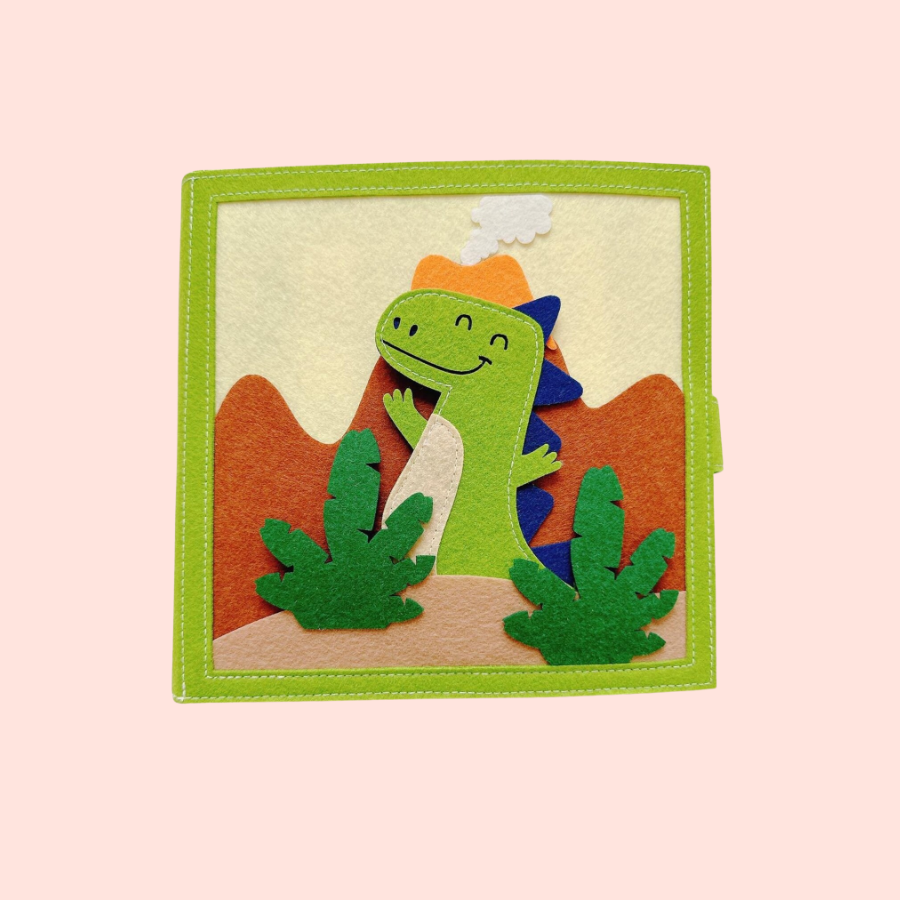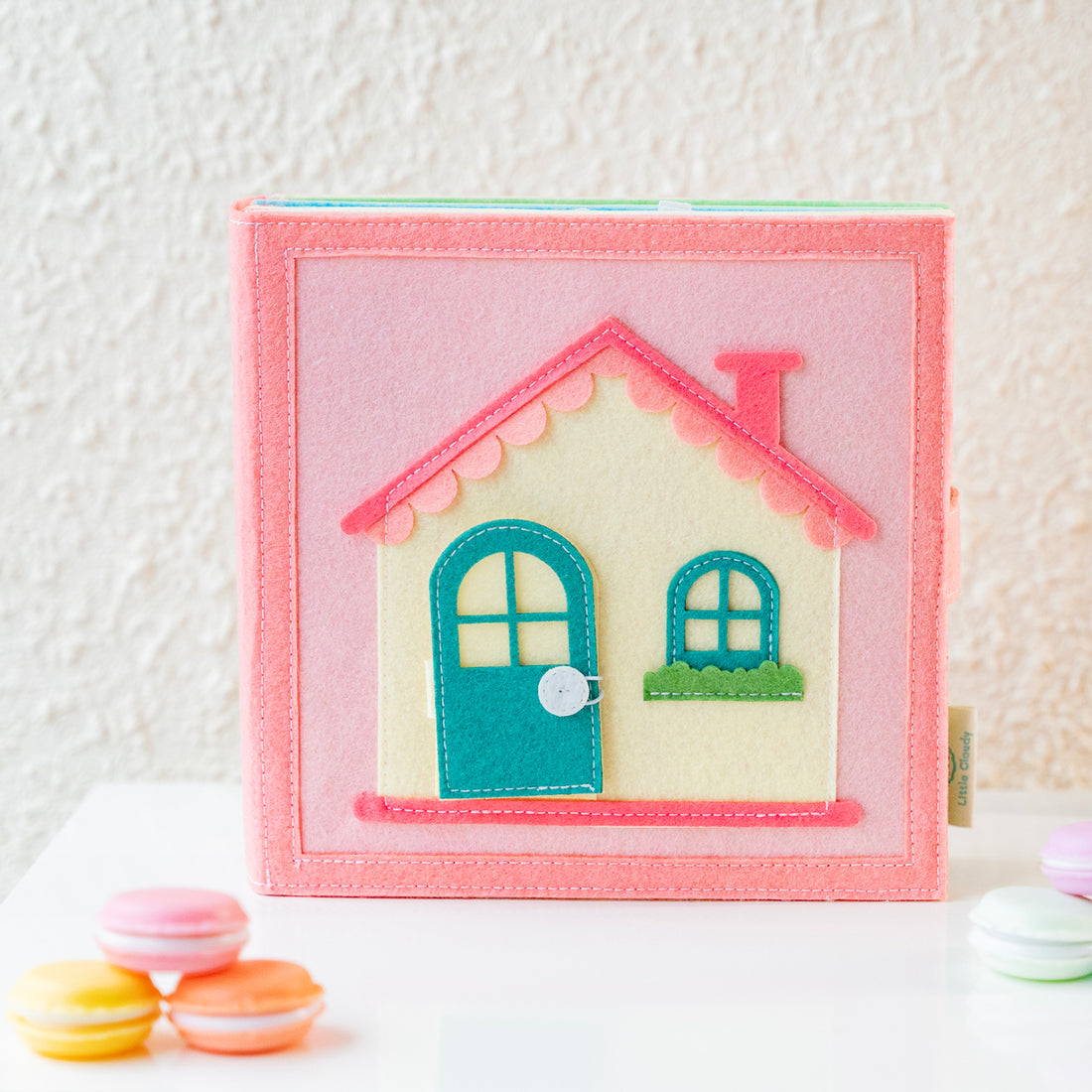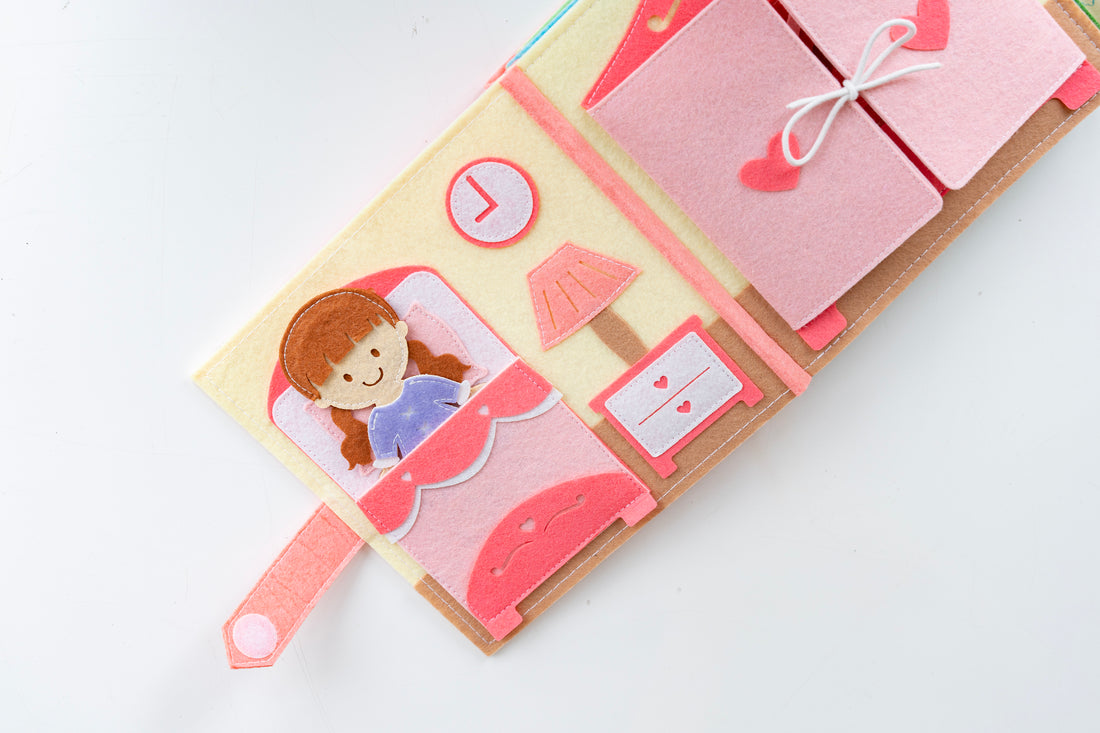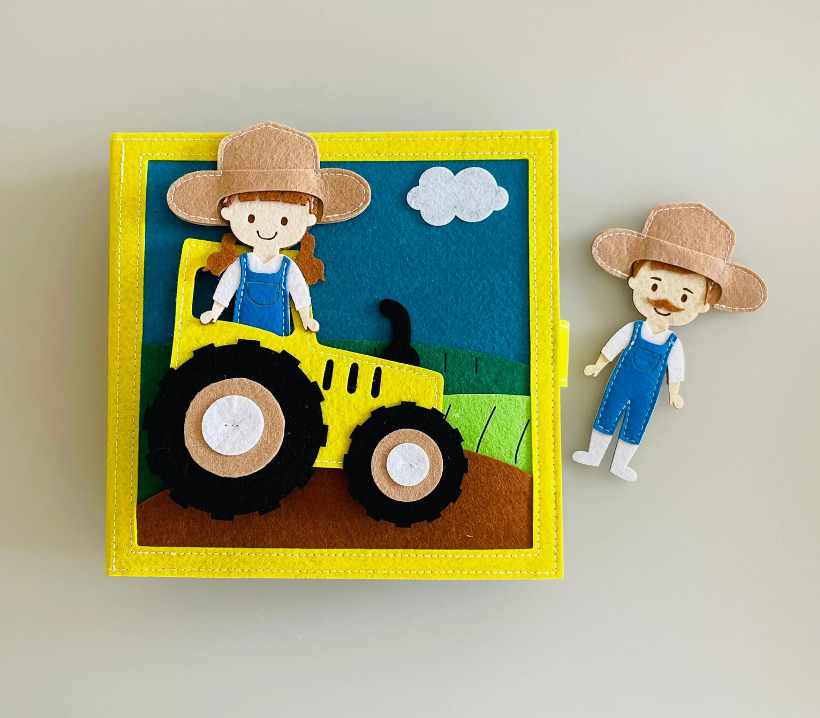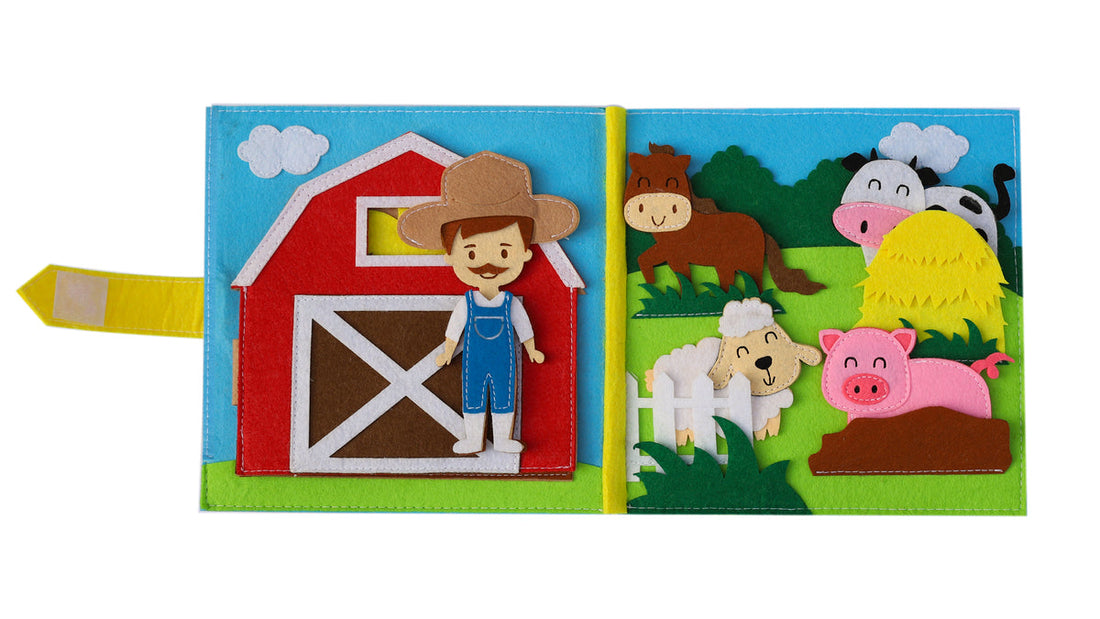What is Quiet Book?
A quiet book is a type of educational toy for toddlers, typically made out of fabric or felt. It consists of a collection of interactive pages with various textures, colors, and shapes that are designed to stimulate a child's sense of touch, sight, and creativity. The pages can feature different activities, such as lacing, zippers, buttons, flaps, and more, that encourage children to explore and play. The name "quiet book" reflects the fact that these books can provide a quiet and engaging activity for children, particularly when they need to wait or calm down. Quiet books can be a fun and educational tool for early childhood development, promoting fine motor skills, hand-eye coordination, and problem-solving skills.
What is Quiet Book?
A quiet book is a type of educational toy for toddlers, typically made out of fabric or felt. It consists of a collection of interactive pages with various textures, colors, and shapes that are designed to stimulate a child's sense of touch, sight, and creativity. The pages can feature different activities, such as lacing, zippers, buttons, flaps, and more, that encourage children to explore and play. The name "quiet book" reflects the fact that these books can provide a quiet and engaging activity for children, particularly when they need to wait or calm down. Quiet books can be a fun and educational tool for early childhood development, promoting fine motor skills, hand-eye coordination, and problem-solving skills.
2. Quiet Book Benefits: Why Should My Child Have A Quiet Book?
There are many benefits to having a quiet book for your child:
Encourages Creativity: Quiet books offer a creative outlet for children to express themselves and engage with their imagination.
Improves Fine Motor Skills: The interactive pages of a quiet book require children to use their hands, fingers, and fingers to manipulate buttons, zippers, and other features, helping to improve their fine motor skills.
Enhances Cognitive Development: Quiet books can help children develop cognitive skills such as problem-solving, spatial awareness, and memory as they explore and play with the different activities.
Promotes Focus and Concentration: Children can become engrossed in quiet book activities, helping to improve their focus and concentration.
Portable and Convenient: Quiet books are compact, lightweight and easy to carry, making them a convenient activity for children to play with at home, in the car, or while traveling.
Quiet and Engaging: As the name suggests, quiet books are designed to be quiet and engaging, providing children with a calming and stimulating activity that they can enjoy on their own or with others.
Supports Early Childhood Education: Quiet books can support early childhood education by exposing children to different textures, shapes, and colors, helping to build their sensory and cognitive skills.
3. Best idea quiet book for toddlers
Here are some popular ideas for quiet book pages for toddlers:
Lacing or Stringing: Create a page with holes for lacing or stringing. This activity is great for improving fine motor skills and hand-eye coordination.

Shapes and Colors: Create pages that feature different shapes and colors, encouraging children to identify and sort objects based on their attributes.
Animals and Nature: Create pages featuring different animals and nature scenes, such as a farm, jungle, or ocean. Children can learn about different species and their habitats.

Dress-Up: Create a page featuring a cloth doll or animal that children can dress up using Velcro or button closures.

Numbers and Counting: Create pages featuring numbers and objects to count, such as buttons, coins, or fruit. Children can practice counting and number recognition.
ABC's: Create pages featuring the letters of the alphabet, along with corresponding objects or images to help children learn the alphabet and associate letters with words.
Maze: Create a page featuring a maze that children can navigate with a finger or small toy.
Sensory Exploration: Create pages featuring different textures, such as velvet, sandpaper, and felt, to encourage children to explore and use their sense of touch.
Transportation: Create pages featuring different forms of transportation, such as cars, trains, and airplanes, encouraging children to learn about and explore the world around them.
These are just a few ideas, and you can get creative and incorporate your child's interests and favorite things into their quiet book.
